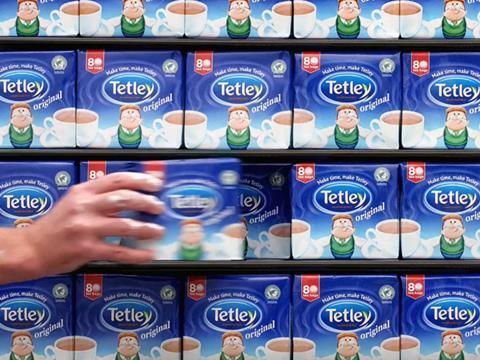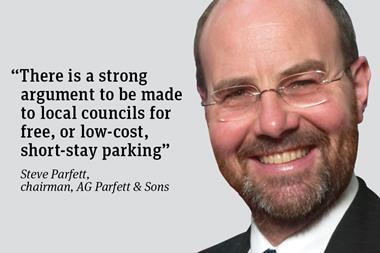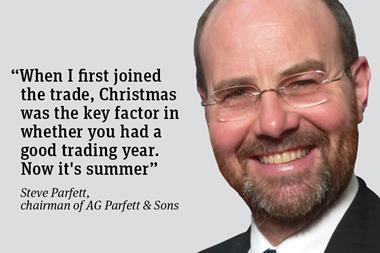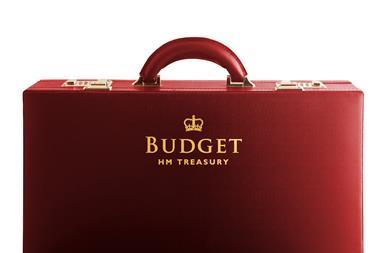
I make no apology for using The Grocer’s recent price match story (‘Waitrose: ’We won’t price match Tesco if we break GSCOP rules,’ 20 February) as a reason to return to the nonsense of ‘below cost’ selling. To recap, the government singularly failed to have the courage of its convictions on alcohol minimum pricing and in a total fudge declared a ban on ‘below cost’ selling.
However the definition of ‘below cost’ adopted amounts to intellectual incompetence at best and deliberate obfuscation at worst. Its definition is that below cost on alcohol is a price below the cost of excise duty and VAT. Even on this level it is demonstrably wrong as the VAT calculation is inevitably only the VAT on the excise duty and not that applicable to the product as sold.
Notwithstanding that criticism, it is lunatic to try to pretend this definition bears any relationship to ‘below cost’ selling. Any product cost price is a combination of ingredient and production costs, packaging and labelling, marketing, cost of sales, distribution, quality control, warehousing and financing (including the granting of credit to customers). No doubt I have omitted other elements, but the point is made.
“This seemingly simple measure is fraught with difficulties”
Determining the cost price is a notoriously difficult and almost certainly inexact science when it is attempted by reference to the price charged to the customer. This seemingly simple measure is fraught with difficulties. Thus the invoiced price needs to then take account of numerous further discounts or allowances for overriders, advertising allowances, promotions, payments for on-shelf positioning, gate fees, the value of credit granted etcetera etc. Ironically the only area where such a calculation is likely to be reasonably transparent is the discounters, which are likely to be the precipitators of aggressive price reactions.
Clearly the use of ‘cost price’ is not an easy win. The FWD gave considerable thought to workable proposals to address the issue. Instead the government chose a transparent mechanism that is purely a veil to cover its unwillingness to address real and pressing issues. In any case, the Minimum Unit Price was a poor solution that would deliver a windfall profit to the biggest players while a carefully considered review, simplification and indeed increase in duty rates would at least be clear, deliverable and benefit the deficit reduction.
Finally, the Jim Beam pricing referred to in the article. Without giving away too much confidential information I can reasonably say the £12.85 price in Tesco IS considerably below wholesale cost and, I suspect, the Waitrose cost, illustrating the nonsense of the figure produced by the Home Office of £9.49.
Steve Parfett is chairman of AG Parfett & Sons















No comments yet